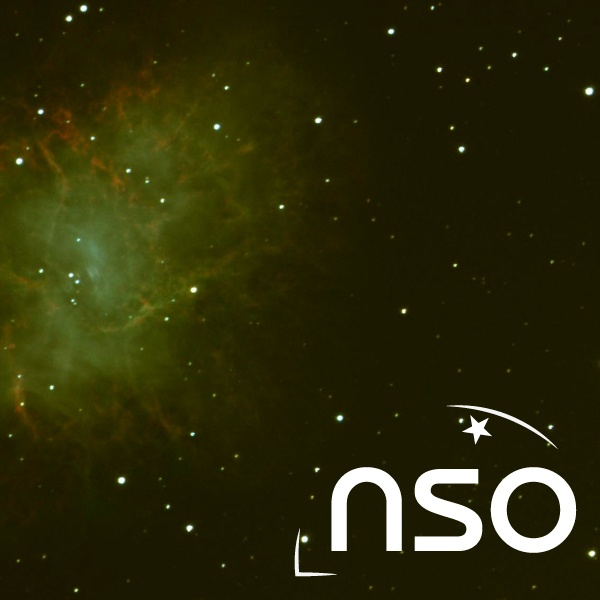The RTSRE conference series focuses on building a sustainable community around the educational, technical and student research uses of robotic telescopes, from small through to large aperture and from radio through to gamma-ray and involving both observed and archival data. It aims to be a meeting place for astronomers, teachers, educators, outreach practitioners, researchers, and observatory and telescope network developers and managers, in a continuing effort to share and combine resources, develop and enhance education and research programs, and foster global conversations and collaborations. It facilitates the storage of knowledge in the field through its journal, RTSRE Proceedings and an astronomical journal, Astronomy, Theory, Observations and Methods.
2022
About the conference
A conference to provide a global picture of the role scientific research, technical engineering and astronomy education play in student research and education.
RTSRE 2022 conference
The City, the Ocean, and the Sky
Santa Barbara, California, 90 miles up the coast from Los Angeles is a coastal city of just under 90,000 people experiencing a warm Mediterranean climate. The 4000 foot Santa Ynez Mountains provides a stunning backdrop to the City which hugs the Pacific Ocean on the central coast of California. The conference itself will be held within the main Downtown / State Street precinct, one of the most walkable city areas in California with numerous high-quality winery and dining areas within a short walk of the conference.
RTSRE 2022 CHEATSHEET
Some important information that could change your conference experience!
WORKSHOPS RTSRE 2022
A rich variety of topics representing the developments made in the last two and a half years.
RTSRE 2022 PROGRAM


Welcome to RTSRE
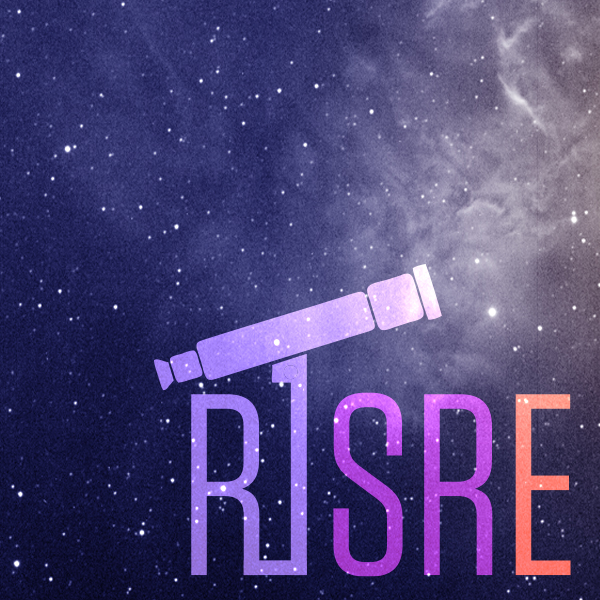

What’s in Kate Meredith’s Suitcase?


Workshop – LCO (Las Cumbres Observatory)

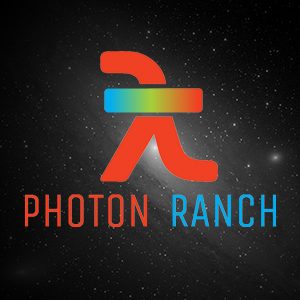
Katie Ciurleo – Photon Ranch

Pat Boyce – BARO and BASRO: Experiences in building and operating your own observatory
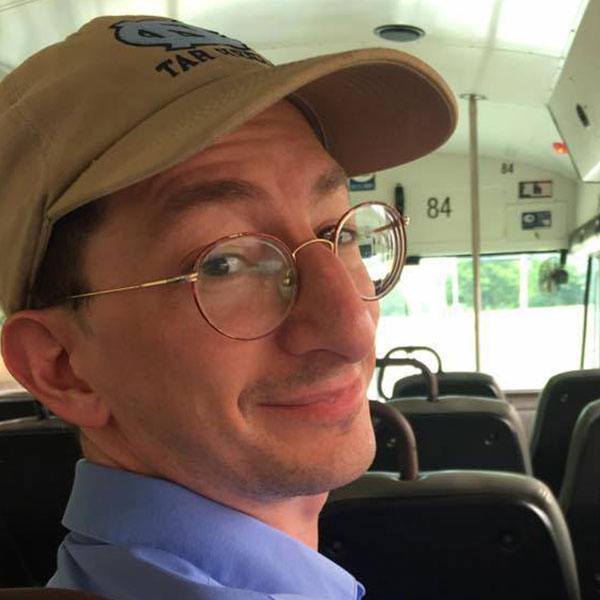
Dan Reichart – Robotic Telescope Labs for Survey-Level Undergraduates
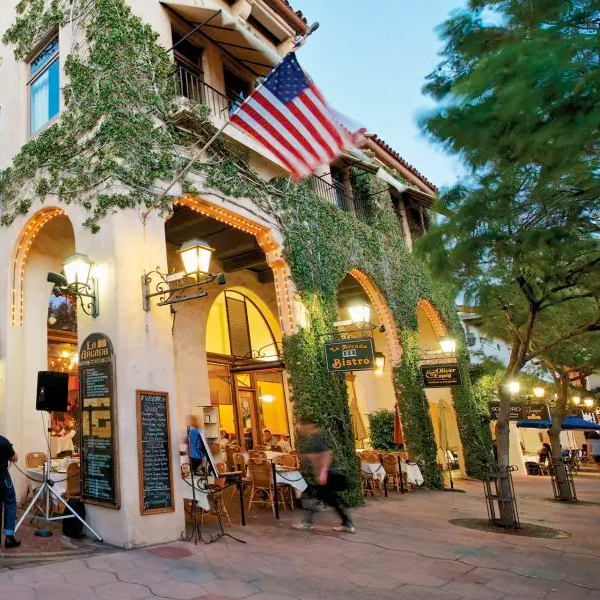
Tuesday – Lunch
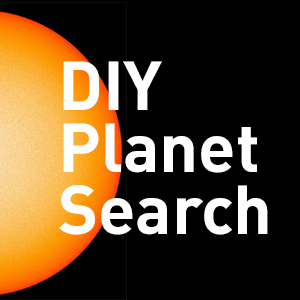
Workshop – DIY Planet Search


Workshop – Remotely Operated Telescopes and Asynchronous Learning

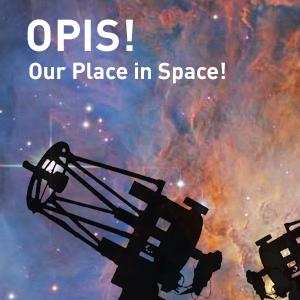
Workshop – Skynet Labs for Survey-Level Undergraduates: OPIS! and MWU!

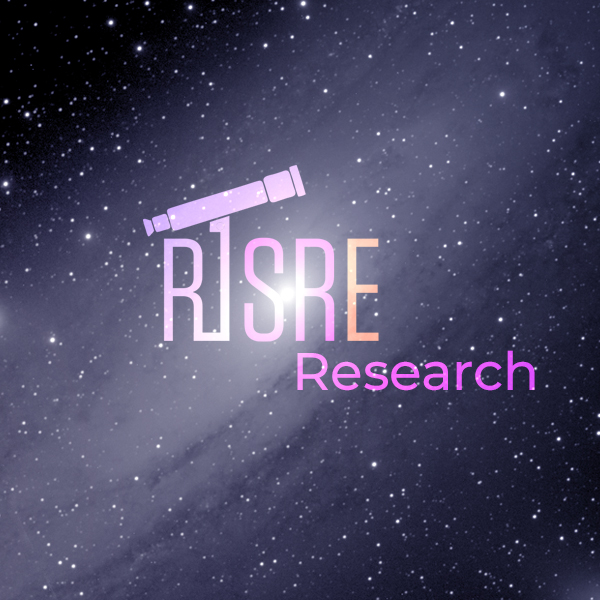
Our Nearest Solar Neighbors: the Alpha Centauri System and its Orbital Ephemerae


Confirmation of an Ultra-Short Period Hot Jupiter with a Near Grazing Transit (TOI-2341.01)

A follow-up study of 485 bright RR Lyrae variables

Investigating Periodic Variable Star Classification in Large Data Sets

A Tool for Period-Luminosity-Metallicity-Extinction Analysis of RR Lyrae Variables

Analysis of exoplanet HIP 65 A b

Investigation of the Variable Star CH Cam in the Nebula NGC 150
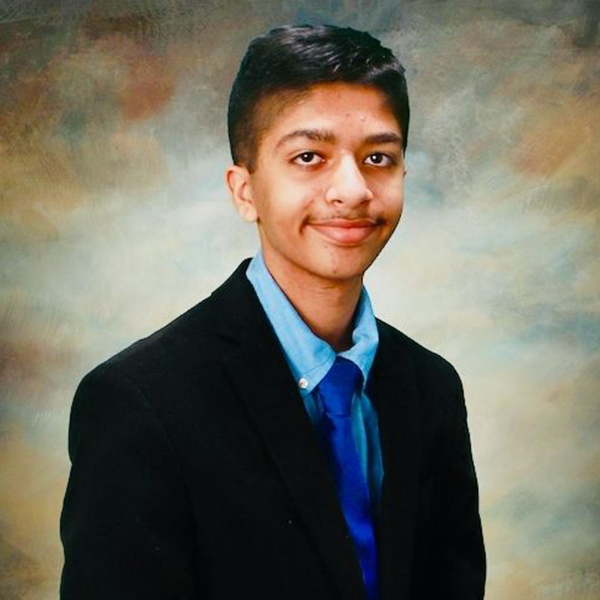
A Search for Transit Timing Variations in the Exoplanet HAT-P-36 b: Analyzing Eight New Data Sets


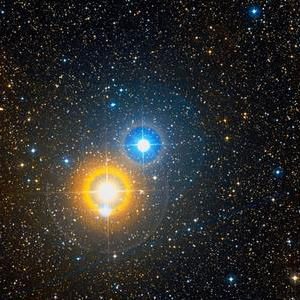
Workshop – Double Stars: a simple but powerful student research topic
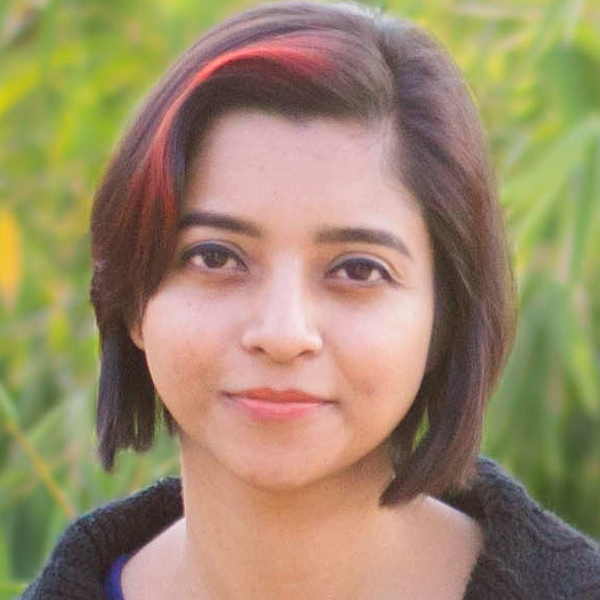
Preethi Krishnamoorthy – Project PANOPTES: A student-led worldwide network of robotic telescopes to discover exoplanets

Joshua Liberman – Achieving Precision Photometry of T Tauri Stars With the PANOPTES Observatory Network

Wednesday – Lunch
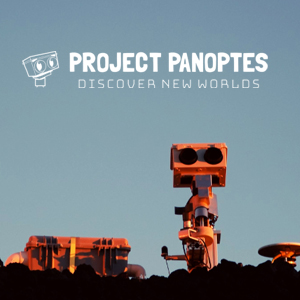
Workshop – Research Opportunities with the PANOPTES observatory network

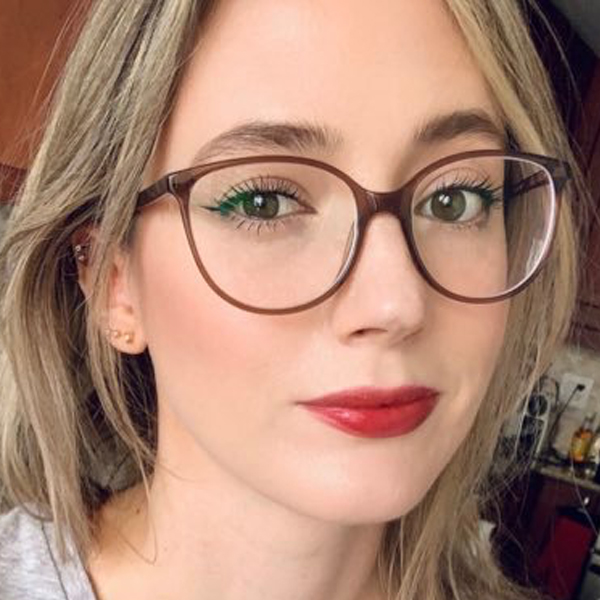
Heidi White – PASEA : Inspiring Future STEM Leaders in Africa
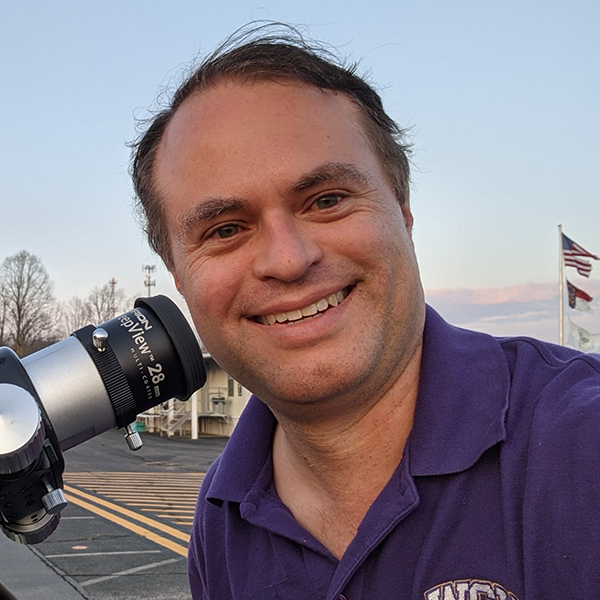
Enrique Gómez – Letting the Universe Erupt into your Classroom
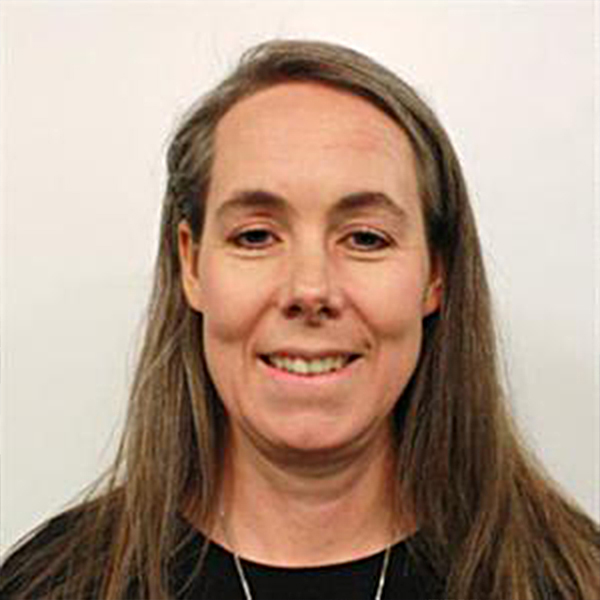
Denise Stephens – Using Robotic Telescopes to Train Undergraduate Students in Observation Planning and Data Reduction
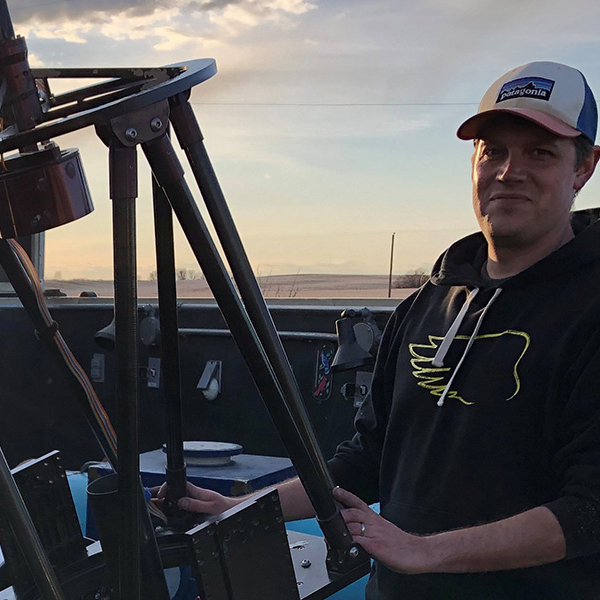
Daryl Janzen – Setting up and using a robotic telescope for university education

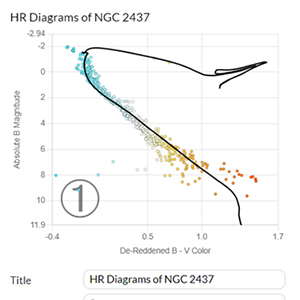
Workshop – Skynet’s Cluster HR Diagram Tool

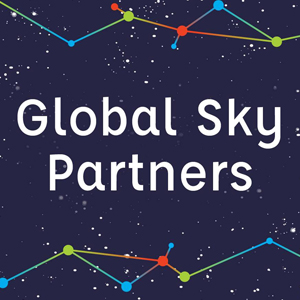
Edward Gomez – Global Sky Partners Introduction

Global Sky Partners – Presentations

Thursday – Morning Tea

Gerri Bernard – From Clubs to the Classroom: Integrating Observational Astronomy into the Science Curriculum
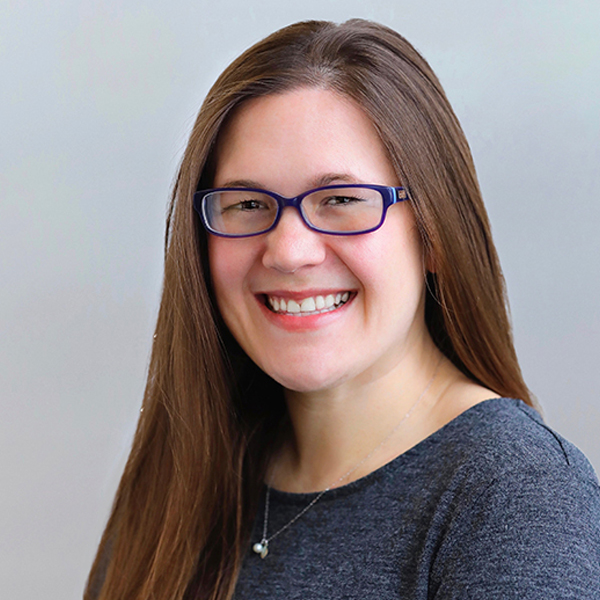
Erika Wright – YouthAstroNet – Strengthening STEM Identity and STEM Career interest through Astronomy Programming with Middle Schoolers

Thursday – Lunch
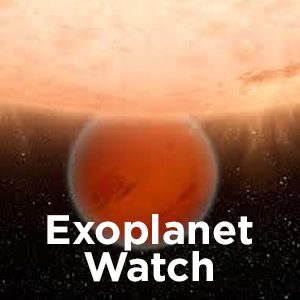
Workshop – Exoplanet Watch


Elizabeth Villanueva – Gee-Whiz Modeling Astronomy [Remote Talk]
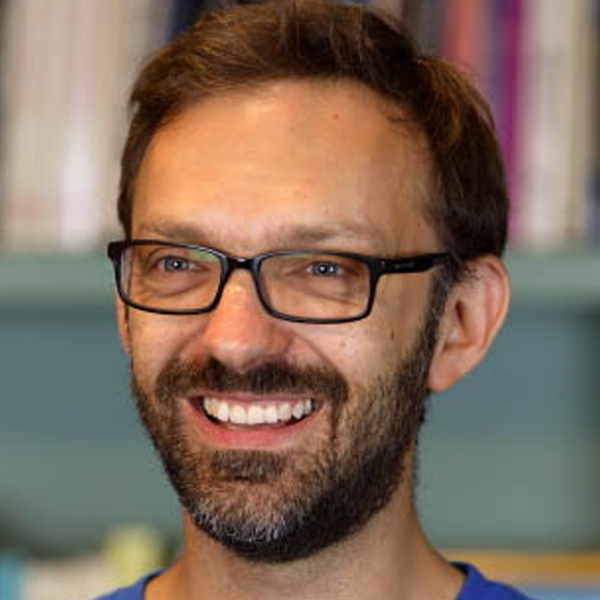
Edward Gomez – Make better educational resources

Saeed Salimpour – Astronomy for Education and Strange New Worlds [Remote Talk]

Carl Pennypacker – Successful Global Hands-On Universe/Galileo Teacher Training Zoom-enabled Remote Teacher Workshops for Uganda Teachers

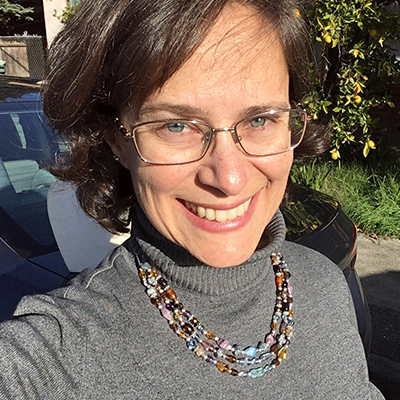
Rachel Freed – Self-efficacy, community and identity in student-focused research programs
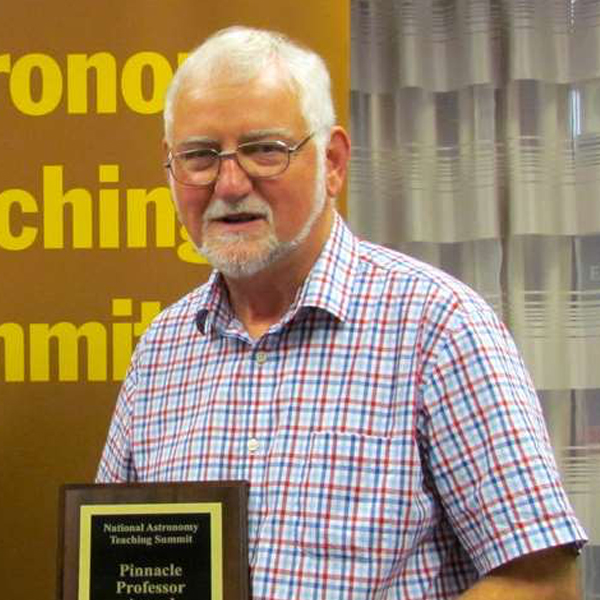
David McKinnon – Promising results for robotic telescope education from a large-scale NSF and DOD study [Remote Talk]
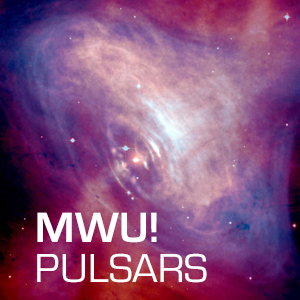
Workshop – MWU! Pulsar Activity
Register your Virtual Attendance
If for a myriad of reasons you are unable to grace us with your physical presence, you can register to join virtually from the comfort of your comfort-zone, wherever that may be!
VENUE LOCATION
The 2022 RTSRE conference will be hosted at the Carrillo Recreation Center. The Center has a variety of indoor and outdoor spaces of various sizes for us to run workshops, talks and facilitate quality interactions. It is also one block from State Street in Downtown Santa Barbara
RTSRE HOTSPOTS
ABSTRACT SUBMISSION 2022
REGISTRATIONS 2022
The registrations for the 2022 RTSRE Conference in Santa Barbara California are now open!

